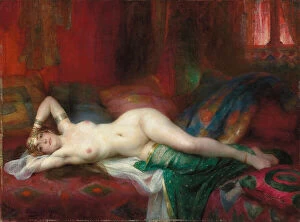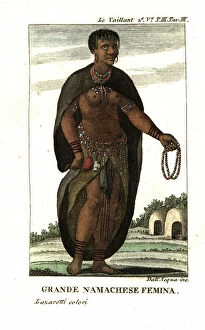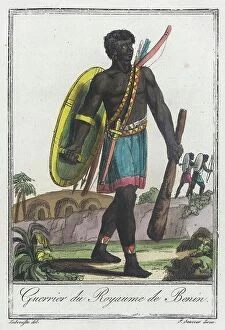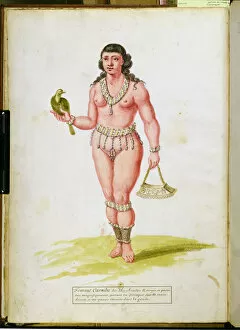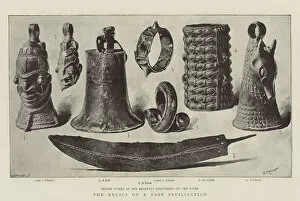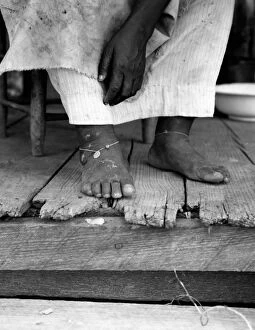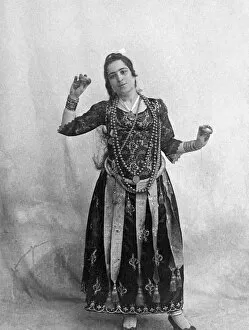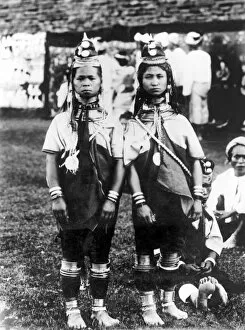Anklet Collection
"Anklet: A Symbol of Femininity and Cultural Heritage" From the vibrant streets of Kuwait to the graceful movements of Martha Graham
All Professionally Made to Order for Quick Shipping
"Anklet: A Symbol of Femininity and Cultural Heritage" From the vibrant streets of Kuwait to the graceful movements of Martha Graham, anklets have adorned the ankles of women throughout history. These delicate ornaments hold a significant place in various cultures, reflecting both beauty and tradition. Influenced by diverse artistic expressions, anklets have been depicted in numerous forms. In "Odalisque, " an oil painting from 1920, we witness their allure as they grace the ankle of a captivating figure. Similarly, G. Beste's "Hindoo Girl; Black Bear shooting in the Himalayas" showcases anklets worn by a woman immersed in her surroundings. However, not all representations are celebratory. The haunting image of restraining irons for slaves reminds us that these same adornments were once used as tools of oppression. As seen in T. Holloway's engraving "Joanna, " enslaved individuals were forced to wear them as symbols of subjugation. Yet amidst this dark history emerges resilience and strength. An albumen print from 1880 captures a group of slaves aboard HMS London, their anklets serving as reminders that even under dire circumstances, cultural identity endures. Beyond borders and time periods, anklets transcend continents and epochs alike. From noble Namaqua women in South Africa to ancient ceramic figurines like the Late Classic Period's Standing Man - each culture has embraced these ankle embellishments with its unique flair. Even royalty sought solace in adorning their ankles with exquisite pieces like Queen Kawit showcased on her sarcophagus found at Deir el-Bahri or Native Caribbean women captured alongside parrots within manuscripts on plants. Today, anklets continue to be cherished accessories worldwide – capturing attention with every step taken while honoring ancestral traditions passed down through generations. As we reflect upon these glimpses into history - whether it be scenes from North Africa or Martha Graham's mesmerizing performances - let us appreciate the anklet's enduring significance.



